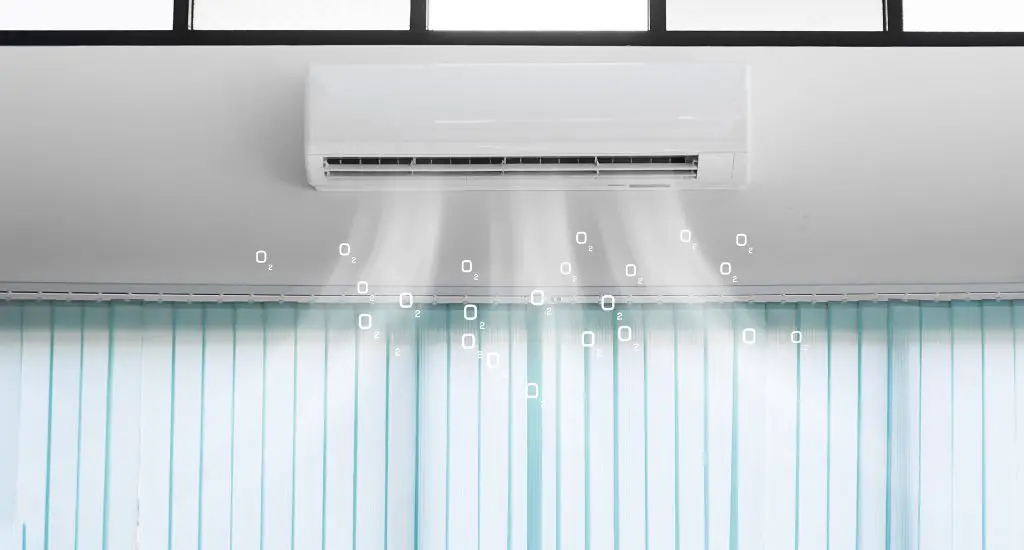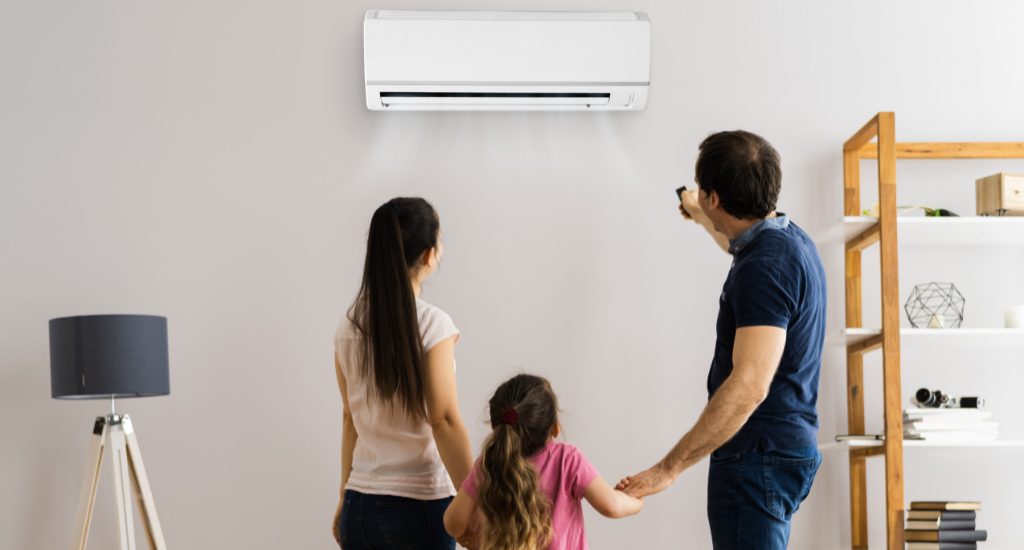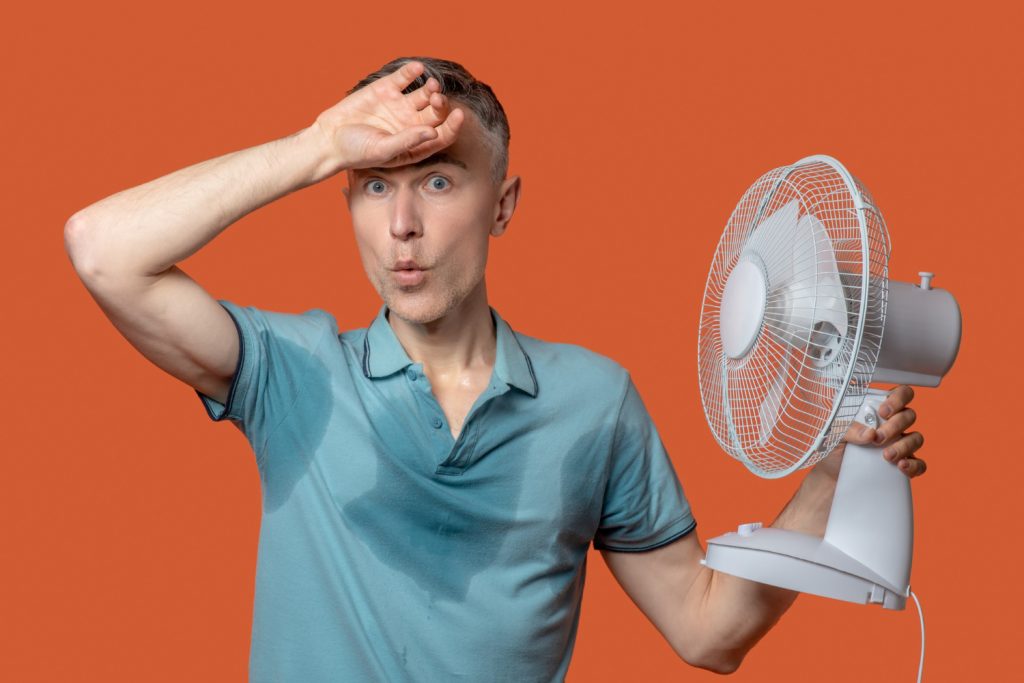Air conditioners have become a necessity for most homes and commercial buildings due to the increasing temperatures brought about by climate change. While air conditioning provides comfort, it is essential to maintain good indoor air quality to ensure the health and safety of the occupants.
The use of Ultra Violet light systems in air conditioning has been on the rise due to its ability to improve indoor air quality. In this article, we will explore the benefits of UV light for air conditioners, how it works, its applications, safety considerations, and compare it with other air purification technologies.
Importance of Indoor Air Quality
Indoor air quality (IAQ) refers to the air quality within buildings and structures as it relates to the health and comfort of the occupants. Poor IAQ can lead to various health problems such as allergies, respiratory issues, and other illnesses.
According to the Environmental Protection Agency (EPA), indoor air can be up to five times more polluted than outdoor air, and people spend 90% of their time indoors. Therefore, maintaining good IAQ is critical to promoting a healthy living and working environment.
The primary purpose of this article is to provide an in-depth analysis of UV light for air conditioners. We will explore how UV light technology works, its benefits, applications, installation, and maintenance, safety considerations, and a comparison with other air purification technologies. This article aims to provide a comprehensive guide for anyone interested in improving indoor air quality using UV light technology.
How UV Light for AC Works
Ultraviolet (UV) light is a type of electromagnetic radiation with a wavelength between 100 and 400 nanometers. It is invisible to the naked eye and is present in sunlight. UV light technology has been used for various applications, including water purification, disinfection, and air purification.
UV light technology for air conditioners uses short-wavelength UV-C light, which is germicidal and can destroy bacteria, viruses, and other microorganisms. The UV-C light damages the DNA and RNA of these microorganisms, preventing them from replicating and causing harm. When air passes through the air conditioning system, the UV-C light eliminates any microorganisms present in the air.
Types of UV Light Technology Used in Air Conditioners
There are two types of UV light technology used in air conditioners: coil irradiation and air irradiation. Coil irradiation involves the installation of UV-C lamps near the evaporator coils to kill any microorganisms present on the coils. Air irradiation, on the other hand, involves the installation of UV-C lamps in the return air duct to kill microorganisms present in the air as it passes through the HVAC system.
Benefits of UV Light for Air Conditioners

Improved Air Quality
The primary benefit of using UV light technology in air conditioners is improved indoor air quality. UV-C light eliminates microorganisms such as bacteria, viruses, and mold, which can cause respiratory problems, allergies, and other illnesses. By improving indoor air quality, occupants can breathe cleaner air, promoting good health and well-being.
Elimination of Bacteria and Viruses
UV-C light is effective in eliminating bacteria and viruses, including those that cause the common cold, flu, and other illnesses. By eliminating these microorganisms, UV light technology reduces the spread of infectious diseases in indoor spaces.
Reduction in Mold Growth
Mold can grow in HVAC systems, especially on the evaporator coils, where moisture and organic matter are present. Mold can cause respiratory problems and other health issues. UV-C light eliminates mold spores, preventing mold growth and promoting a healthier living and working environment.
Reduction in Energy Consumption
The use of UV light technology in air conditioners can also reduce energy consumption. Dirty evaporator coils can reduce the efficiency of the air conditioning system, resulting in higher energy consumption. By eliminating microorganisms and preventing mold growth, UV-C light improves the efficiency of the system, reducing energy consumption and ultimately saving on energy costs.
Increased Lifespan of the Air Conditioner
Dirty coils and other components in the air conditioning system can reduce the lifespan of the system. UV-C light helps to keep the system clean, preventing the buildup of dirt and other contaminants that can damage the system over time. By increasing the lifespan of the air conditioner, UV light technology can save money on costly repairs and replacements.
Applications of UV Light in Air Conditioners
Residential HVAC Systems
UV light technology is increasingly being used in residential HVAC systems to improve indoor air quality. It is particularly useful in homes with occupants who suffer from allergies, asthma, or other respiratory issues. UV-C lamps can be installed in the air conditioning system to eliminate microorganisms, reduce mold growth, and promote cleaner air.
Commercial HVAC Systems
Commercial buildings such as offices, schools, and hotels can also benefit from the use of UV light technology in HVAC systems. The technology can help to improve indoor air quality, reduce the spread of infectious diseases, and promote a healthier environment for occupants. It is especially useful in buildings with high occupancy rates and where the risk of spreading infectious diseases is high.
Hospitals and Healthcare Facilities
Hospitals and healthcare facilities require a high level of cleanliness and hygiene to prevent the spread of infections. UV light technology can be used in HVAC systems to eliminate microorganisms and reduce the risk of infection. It is particularly useful in areas such as operating rooms, intensive care units, and isolation rooms.
Laboratories and Clean Rooms
UV light technology is also useful in laboratories and clean rooms where a high level of cleanliness is required. The technology can help to eliminate microorganisms and prevent contamination in sensitive environments where experiments and research are conducted.
Installation and Maintenance of UV Light in Air Conditioners
Installation Process
The installation of UV-C lamps in air conditioning systems requires the services of a qualified HVAC technician. The technician will determine the best location to install the lamps based on the type of system and the size of the space. The lamps are typically installed near the evaporator coils or in the return air duct. The installation process usually takes a few hours, and there is minimal disruption to the occupants.
Maintenance Requirements
UV-C lamps require regular maintenance to ensure their effectiveness in eliminating microorganisms. The lamps should be cleaned every six months to remove any dirt or dust buildup that may reduce their effectiveness. The HVAC technician should also check the lamps for any signs of damage or wear and tear and replace them if necessary.
Replacement of UV-C Bulbs
UV-C bulbs have a lifespan of between 9,000 and 12,000 hours, after which they should be replaced. The replacement frequency may vary depending on the manufacturer and the usage of the system. The HVAC technician should replace the bulbs at regular intervals to ensure their effectiveness in eliminating microorganisms.
Safety Considerations of UV Light for Air Conditioners
Potential Health Risks
UV-C light can be harmful to humans if exposure is prolonged. The light can cause skin irritation, eye damage, and other health problems. Therefore, it is essential to ensure that the lamps are installed correctly and that occupants are not exposed to the light.
Safety Precautions for Installation and Maintenance
HVAC technicians must take safety precautions when installing and maintaining UV-C lamps. They should wear protective clothing, including gloves and eye protection, to prevent exposure to the light. The technician should also ensure that the system is turned off before installing or replacing the lamps.
Proper Disposal of UV-C Bulbs
UV-C bulbs contain mercury, which is hazardous to the environment. Therefore, it is important to dispose of them properly. The bulbs should not be thrown in the trash but should be taken to a recycling center or disposed of according to local regulations.
Comparison of UV Light with Other Air Purification Technologies
HEPA Filters
High-efficiency particulate air (HEPA) filters are commonly used in air conditioning systems to remove airborne particles such as dust, pollen, and pet dander. While HEPA filters are effective in removing these particles, they are not effective in eliminating microorganisms such as bacteria and viruses. UV-C lamps, on the other hand, are effective in eliminating microorganisms but do not remove airborne particles.
Ionizers
Ionizers are air purification devices that use ions to remove pollutants from the air. While ionizers are effective in removing some pollutants, they do not eliminate microorganisms such as bacteria and viruses. In addition, ionizers can produce ozone, which can be harmful to human health.
Ozone Generators
Ozone generators are air purification devices that produce ozone to eliminate pollutants from the air. While ozone can be effective in eliminating pollutants, it can also be harmful to human health, especially in high concentrations. In addition, ozone generators are not effective in eliminating microorganisms such as bacteria and viruses.
Frequently Asked Questions about UV Light for Air Conditioners
How Effective is UV Light in Killing Viruses and Bacteria?
UV-C light is highly effective in eliminating microorganisms such as bacteria and viruses. Studies have shown that UV-C light can kill up to 99% of bacteria and viruses in the air and on surfaces.
Is UV Light Technology Safe for Humans?
UV-C light can be harmful to humans if exposure is prolonged. However, when installed and maintained properly, UV-C lamps are safe for occupants of a building. It is essential to follow safety precautions when installing and maintaining UV-C lamps to prevent exposure to the light.
How Often Should UV-C Bulbs be Replaced?
UV-C bulbs have a lifespan of between 9,000 and 12,000 hours, after which they should be replaced. The replacement frequency may vary depending on the manufacturer and the usage of the system. It is important to replace the bulbs at regular intervals to ensure their effectiveness in eliminating microorganisms.
Can UV Light be Used in Conjunction with Other Air Purification Technologies?
UV light technology can be used in conjunction with other air purification technologies such as HEPA filters and activated carbon filters. Using multiple air purification technologies can help to provide a higher level of indoor air quality.
Conclusion – Boost Indoor Air Quality with UV Light for Air Conditioners

UV light technology is an effective way to improve indoor air quality and promote a healthier environment for building occupants. By eliminating microorganisms, reducing mold growth, and improving energy efficiency, UV light for air conditioners offer numerous benefits for residential, commercial spaces.
While UV light require regular maintenance and safety precautions, their effectiveness in eliminating microorganisms makes them a valuable addition to any air conditioning system. As the HVAC industry continues to evolve, UV light technology is likely to become even more prevalent in the future.



